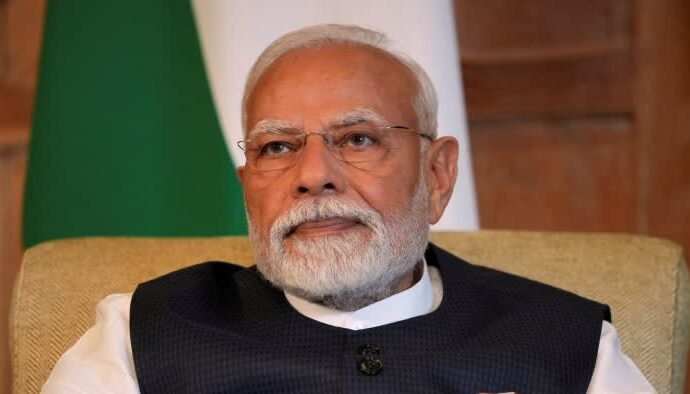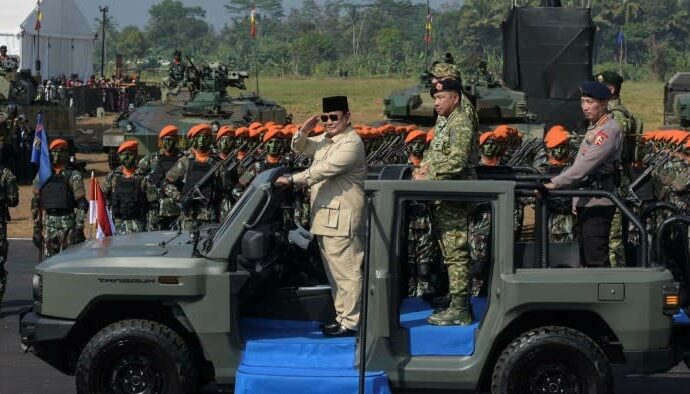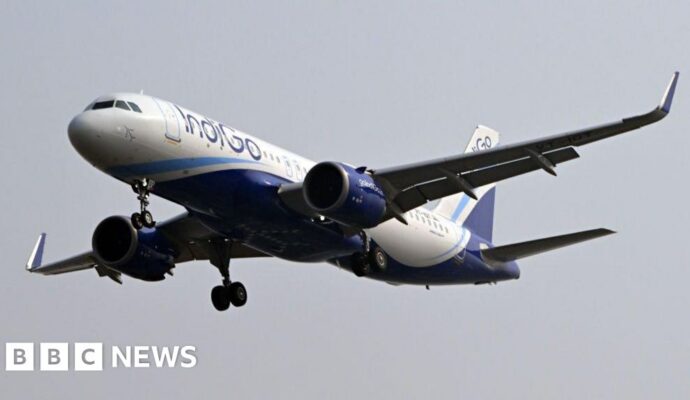Receive free North Korea nuclear tensions updates
We’ll send you a myFT Daily Digest email rounding up the latest North Korea nuclear tensions news every morning.
North Korea fired an intercontinental ballistic missile into waters between the Korean peninsula and Japan on Wednesday, days after threatening to shoot down US reconnaissance planes it accused of violating its airspace.
The missile was launched on a lofted trajectory from near Pyongyang at about 10am and travelled approximately 1,000km before splashing down, according to South Korea’s Joint Chiefs of Staff.
Japan’s defence ministry said the missile flew for about 74 minutes before falling outside the country’s exclusive economic zone, 155 miles west of Okushiri Island.
That would make it the longest flight time for any North Korean long-range missile. In March last year, North Korea launched a Hwasong-15 ICBM that travelled for 71 minutes.
The missile launch came as the leaders of Japan and South Korea attended Nato’s summit in Vilnius, Lithuania. On the sidelines of the meeting, Fumio Kishida, Japan’s prime minister, condemned the launch and pledged closer co-operation with Seoul and Washington.
“North Korea has been launching ballistic missiles with an increased frequency,” Kishida told reporters. “The series of actions are threatening our country and region . . . and it is absolutely unacceptable.”
South Korean president Yoon Suk Yeol convened an emergency meeting of his national security committee, telling officials to make it clear to Pyongyang that “illegal acts by North Korea will come with a price”, according to South Korean state media outlet Yonhap.
During a meeting between the leaders of the “AP4” countries of South Korea, Japan, Australia and New Zealand on Wednesday, Yoon cited North Korea’s missile launch in calling for the countries to “band together with Nato to establish a strong collective security posture”.
Following the meeting, Nato members met with the AP4 leaders as part of efforts to deepen co-operation between the bloc and Indo-Pacific partners accelerated by Russia’s war against Ukraine.
“The war in Ukraine has global ramifications. Terrorist and cyber threats know no borders. And authoritarian regimes are coming closer together,” Nato secretary-general Jens Stoltenberg told the assembled leaders before their closed-door meeting. “So we must stand together for the rules-based international order.”
Kim Yo Jong, a senior North Korean official and the sister of leader Kim Jong Un, said Pyongyang had scrambled fighter jets on Monday after alleging that US spy planes had violated its airspace on eight separate occasions.
“The invasion of reconnaissance assets of hostile countries with a detection radius of more than 240 nautical miles into our 200-nautical mile economic zone is clearly a severe violation of the sovereignty and security of [North Korea],” she said, adding that North Korean jets had forced the US aircraft to “retreat”.
Her comments were disputed by South Korean military officials, who said flying in North Korea’s exclusive economic zone did not constitute a violation of its airspace.
Lee Sung-jun, spokesperson for South Korea’s Joint Chiefs of Staff, said on Tuesday that “North Korea’s claims are not worth our attention” and that “the US safely and responsibly operates in international waters and airspace, as it rightfully can”.
Experts have suggested that Wednesday’s launch could have been of a so-called solid-fuel ICBM, which North Korea first claimed to have successfully tested in April.
Kim Jong Un was quoted by North Korean state media at the time as saying he would continue to expand his nuclear arsenal so that his adversaries would “suffer from extreme anxiety and fear while facing an insurmountable threat”.
Solid-fuel missiles can be fuelled in secret before they are deployed, potentially giving adversaries less time to conduct a preventive strike.
Additional reporting by Henry Foy in Vilnius


